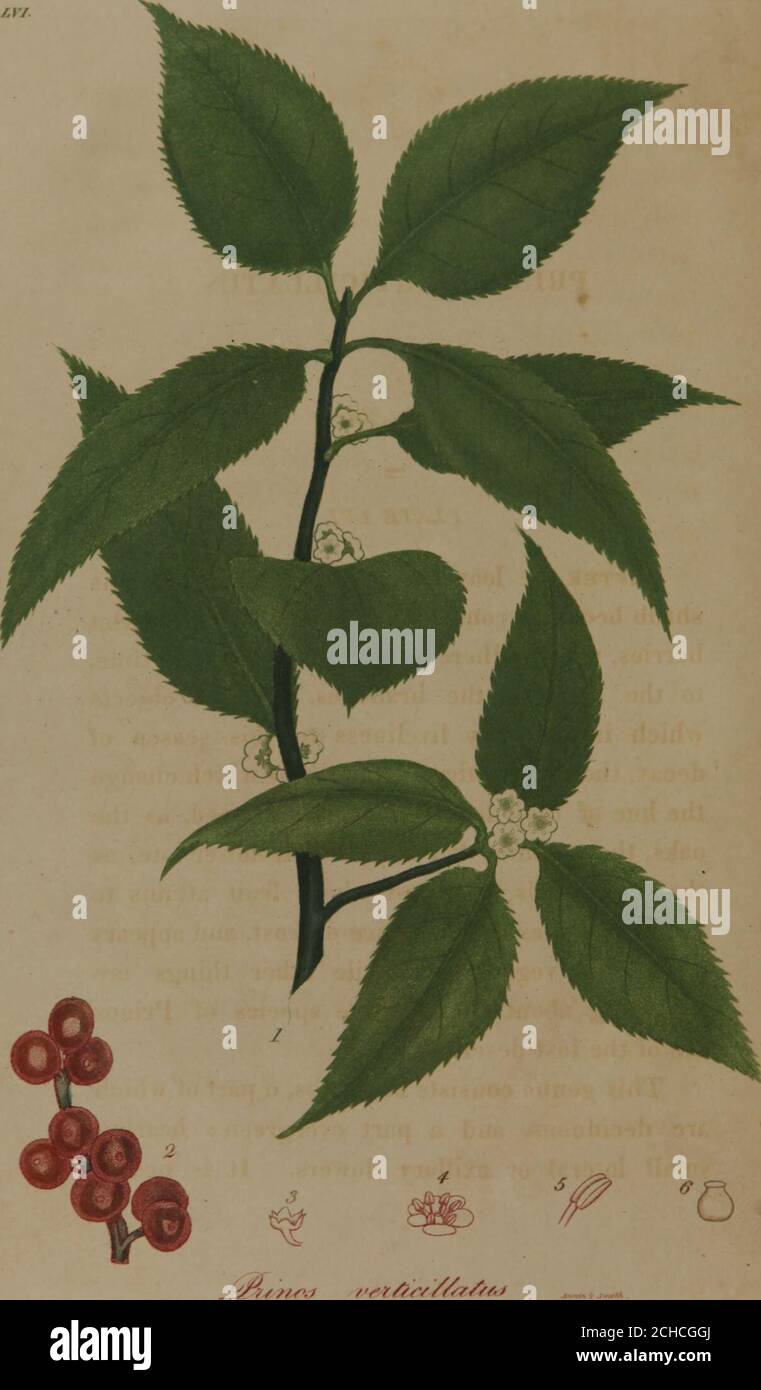. American medical botany: being a collection of the native medicinal plants of the United States, containing their botanical history and chemical analysis, and properties and uses in medicine, diet and the arts, with coloured engravings (Volume 3) . heirweight and size, becoming spongy and friable. The Nymphasa alba of Europe, which appearsperfectly similar in its qualities to the Americanplant, was celebrated by the ancients, [JVo/e C.Jas an antaphrodisiac. and as a remedy in dysen-tery and some other morbid discharges. To the19 140 NYMPHiEA ODORATA. latter purpose its astringency might, in

Image details
Contributor:
Reading Room 2020 / Alamy Stock PhotoImage ID:
2CHCGGJFile size:
7.1 MB (189.8 KB Compressed download)Releases:
Model - no | Property - noDo I need a release?Dimensions:
1210 x 2065 px | 20.5 x 35 cm | 8.1 x 13.8 inches | 150dpiMore information:
This image is a public domain image, which means either that copyright has expired in the image or the copyright holder has waived their copyright. Alamy charges you a fee for access to the high resolution copy of the image.
This image could have imperfections as it’s either historical or reportage.
. American medical botany: being a collection of the native medicinal plants of the United States, containing their botanical history and chemical analysis, and properties and uses in medicine, diet and the arts, with coloured engravings (Volume 3) . heirweight and size, becoming spongy and friable. The Nymphasa alba of Europe, which appearsperfectly similar in its qualities to the Americanplant, was celebrated by the ancients, [JVo/e C.Jas an antaphrodisiac. and as a remedy in dysen-tery and some other morbid discharges. To the19 140 NYMPHiEA ODORATA. latter purpose its astringency might, in someinstances, make it well suited. The roots andseeds of the Nymphsea lotus were used by theancient Egyptians as bread. BOTANICAL REFERENCES. Nymphsea odorata, Willd. Sp. pi. ii. 1153.—Bot. Mag. 819.—Bot. Repository, 297.—Pursh, ii. 368.—Nympheea alba, Michaux, J. 311. Walter, Carol 155. Castalia pudica, Salisbury, Jlnnals of Bot. ii. 71. MEDICAL REFERENCE. Cutler, Jlmer. Transactions, i. 456. PLATE LV. Fig. 1. Leaf and flower of Nymphaza odorata. Fig. 2. Different stamens from the same flower. Fig. 3. Stigma. Fig. 4. Section of the germ. Fig. 5. w9 cell of the germ magnified. Fig. 6. Section of the scape. Fig. 7. Section of petiole.. f O , ////.) /•s//>r///s7As.i PKINOS VERTICILLATUS.f Black Jllder. PLATE LVL After the leaves have fallen in autumn, thisshrub becomes conspicuous by its glossy scarletberries, which adhere in bunches, for a long time, to the sides of the branches. Of the objectswhich impart any liveliness to this season ofdecay, the most noticeable are those which changethe hue of their leaves from green to red, as theoaks, the vaccinia, £$c. those which flower late, asthe Hamamelis, and those whose fruit attains tomaturity under the influence of frost, and appearsfresh and vegetating, while other tilings arewithering about them. The species of Prinosare of the last description. This genus consists of shrubs, a part of whichare deciduous, and a part